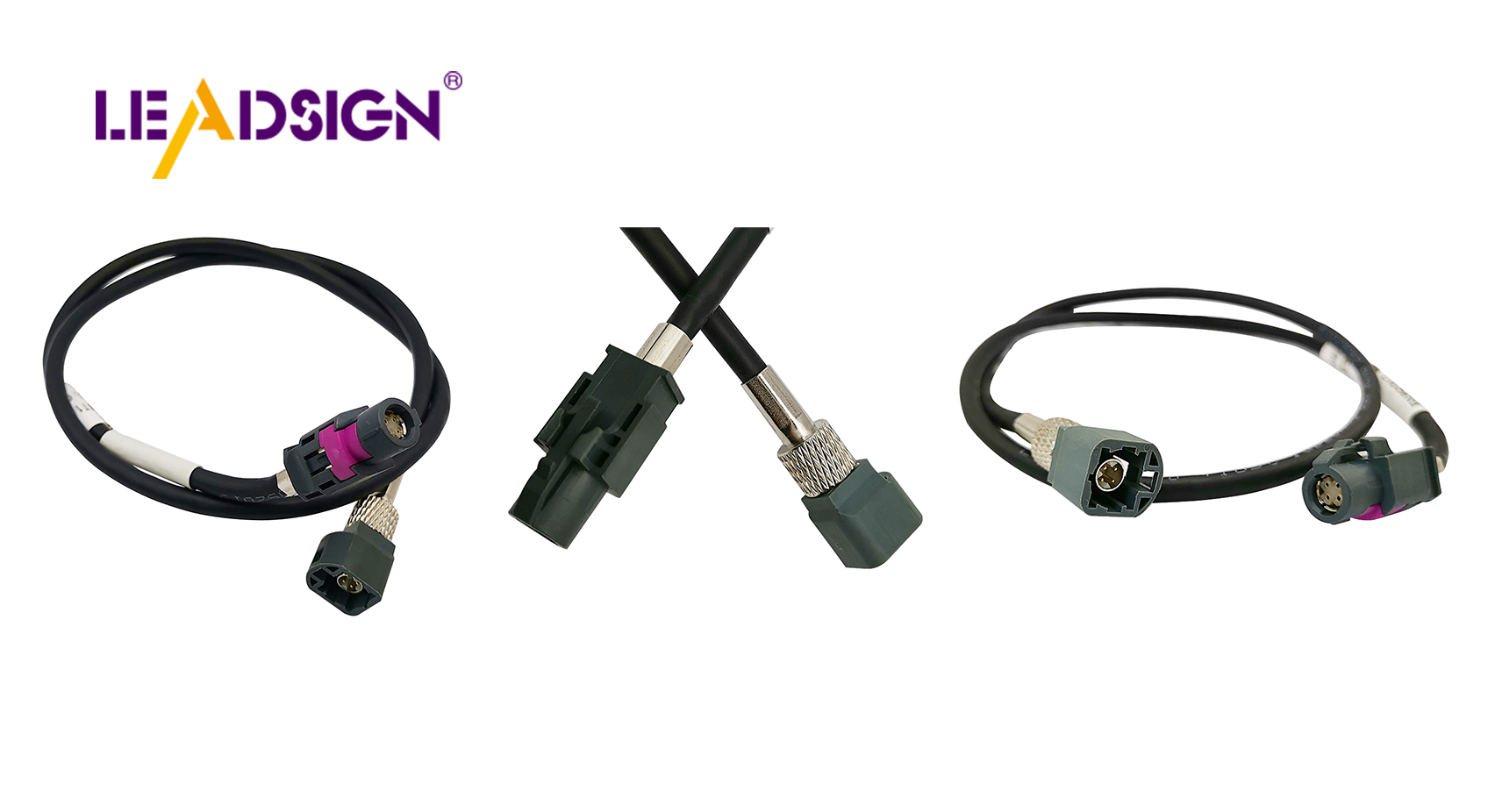Installing Types of Wire Connectors in Automotive Applications

When it comes to auto wire connector types, choosing the right ones for your vehicle is crucial. These connectors play a vital role in ensuring safety and optimal performance. By selecting the appropriate connectors, you can prevent electrical issues, enhance car functionality, and reduce the risk of short circuits or malfunctions. Understanding the different types of connectors available empowers you to make informed decisions, ultimately contributing to the efficient operation of your car's electrical system.
Tools and Materials Needed
Important Tools
Wire Strippers
Use wire strippers to take off wire covers. This tool shows the metal inside without breaking the wire. Pick a stripper that fits the wire size for best results.
Crimping Tools
Crimping tools attach connectors to wires tightly. They press the connector onto the wire for a strong hold. Use the right crimper for your connector type to make it stay put.
Heat Guns
Heat guns are used with heat shrink tubes. They give heat to shrink tubes around connections, keeping them safe from water and damage.
Needed Materials
Wire Connectors
Pick the right wire connectors for your job. These join wires safely, making sure electricity flows well. Think about type and size when choosing connectors.
Electrical Tape
Electrical tape covers and shields wire joins. It stops water and other things from harming them. Wrap it around joins for extra safety.
Heat Shrink Tubing
Heat shrink tubing adds more protection. Slide it on before heating it up. When heated, it shrinks tight, keeping connections safe from outside harm.
Knowing Auto Wire Connector Types
Picking the right wire connectors helps your car work well. Each connector has a special job. Knowing them helps you choose wisely.
Auto Wire Connector Types Overview
Butt Connectors
Butt connectors link two wires in a line. Use them to fix or make wires longer. They hold wires tight by squeezing both ends into place. This keeps electricity flowing smoothly. Butt connectors are best for straight-line links.
Ring Terminals
Ring terminals attach to screws or bolts securely. Use them to join wires to blocks or ground points. The ring shape holds tight, even if things shake or move. They're great for cars where strong connections matter.
Spade Terminals
Spade terminals, called fork terminals too, connect and disconnect easily. Use them when you need to remove connections often. The fork shape lets you slide it under screws without taking them out fully. This makes fixing things simpler.
Knowing these connector types helps pick the best one for your car's needs. Each type fits different jobs, keeping your car's electric parts safe and working well.
Installation Steps
Getting Wires Ready
Taking Off Wire Cover
First, remove the cover from the wire. Use a wire stripper tool. Put the wire in the right slot on the tool. Squeeze and pull to take off the cover. This shows the metal inside without harm. Only strip enough to fit in the connector.
Picking the Right Connector
Next, choose a good connector for your wires. Think about wire size and connection type needed. Use butt connectors for straight links. Pick ring terminals for tight screw or bolt connections. The right connector makes sure electricity flows well.
Joining Wires
Pressing on Connector
Now, attach the connector to the wire. Put bare wire into it. Use a crimping tool to press it tight onto the wire. Make sure it's all in before pressing down. A good press keeps it strong and safe.
Making Sure It's Tight
After pressing, check if it's tight. Gently pull on it to see if it stays put. If yes, it's secure; if not, press again. A tight hold stops electric problems and keeps things safe.
Finishing Up
Using Heat Shrink Tubes
Slide heat shrink tube over where they join. Use a heat gun to make it snug around them by heating evenly until tight fit is achieved which protects from water damage or stress.
Checking It Works
Lastly test that everything works well using multimeter ensuring circuit runs properly confirming successful reliable setup.
Tips and Variations
Tips for Different Scenarios
Working in Tight Spaces
In tight spots, plan smartly. Use small tools like mini strippers and crimpers. They fit in tiny spaces well. Keep your area tidy. Place tools and items close by. This saves time and stops stress.
Dealing with Different Wire Gauges
Different wire sizes need special connectors. Match connector size to wire size always. This makes sure it's secure. Use a gauge tool to check wire size right. It helps pick the correct connector fast.
Common Mistakes to Avoid
Over-crimping
Too much crimping can break wires or connectors. Press just enough to hold it tight. Look for cracks or breaks after crimping. If there are any, redo it with a new one.
Using Incorrect Connector Sizes
Wrong connector sizes make bad connections. Check connector size before starting work. Loose connectors cause electric problems. Double-check everything fits tightly.
Using good connectors stops electrical problems. It also makes your car's electric parts last longer.
See Also
Essential HSD Connectors in the Auto Sector
Significance of HSD Connectors in Auto Sector
Benefits of HFM Connectors in Auto Sector

